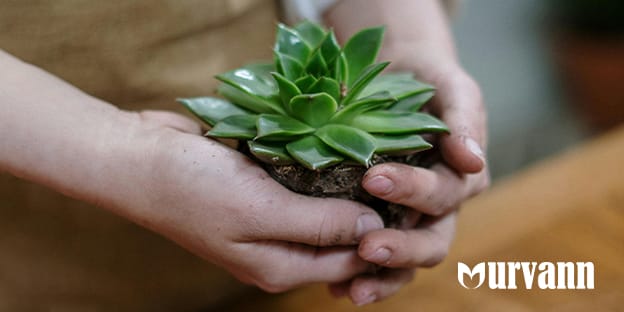I still remember how I once damaged my favourite Laxmi Kamal by overwatering it. The empty space on my table still reminds me of it. The thing is, succulents have a certain charm, even though they quietly sit in the corners. Something about those cute, chubby-leafed plants in pretty pots makes you think, “Oh, I really want those in my home.” And honestly, that’s a feeling most of us share. In today’s blog, let’s talk about a different side of the plant world, which is happy sitting in the corners, adjusting in small pots, and yet contributes to the aesthetics you want in the dream room - Succulents!
Here, I will walk you through everything you need to know about how to grow succulents at home, and most importantly, how to care for succulent plants the right way (yep, a lesson I learned the hard way!).
What are Succulents?
Many people think of them as desert dwellers, and I think it’s a common perception based on their appearance. But to put it simply, succulents are low maintenance plants that store water in their leaves and look incredibly satisfying. If you're looking to fill some space on shelves or office desks, these plants are a stylish and practical choice for your indoor space.
How To Plant Succulents?
Let me answer without you asking, why succulents? Well, when it comes to indoor plants, we have to choose the resilient ones that don’t demand as much sun as outdoor plants. We need greens who can at least thrive on the neglect we show on our lazy days or when we are on vacation.
The specialty about succulents is that they store water and enough nutrients in their leaves, so during such days, they have enough in store, hence, they are known for drought-tolerant properties. Succulents are perfect buddies for all containers, small apple pots, or even the hanging ones on the balcony. I am sure the brilliant natural wonders will give a perfect minimalist vibe at your home.
Now, if you don’t want to have an oops moment, then here are some things to follow while planting them correctly:
Choose a Container and Get Started
While making this choice, always look down at the back of the container. Does it have drainage holes to accumulate the flow of excess water? After choosing the right pot and ensuring the point mentioned above, fill it with the potting mix. Now, gently remove the succulent from the original container (the one you brought your succulent in, from the nursery) and plant it in the soil. Close the hole you made in the soil and pat, pat, pat - to secure any loose soil around it.
How to Plant a Succulent from a Leaf
When I started gardening, one of the best things I discovered was how to grow a new plant from a cutting. Many of us have grown plants like money plants by placing a cutting in a glass of water, and that was the start of a lush green money plant vine. But what about succulents?
Follow these simple steps to grow an entire succulent from a single leaf:
- To get started, choose a healthy leaf:
Impressed by a succulent and want to grow another? Pick your plant and choose a healthy leaf (this could be the foundation for an entire new growth), and pluck it. Be careful to keep the base of the leaf intact, a very crucial step for propagation!
- Let it form a callus:
Let’s open the plant dictionary! A callus is the hard tissue that forms over the cut surface. Allow the plucked leaf to sit for a few days until a callus forms. This helps prevent root rot and gives the leaf time to heal.
- Place the leaf on the soil:
Now it's time to plant the leaf. Place the leaf on the surface of the soil, make sure it’s not buried deeply. This allows for proper airflow, which is essential for the leaf to start the natural growth process. Use well-draining, fertile soil and keep it slightly moist.
Soon, you'll see positive results with tiny roots will start to form, and you'll have a baby succulent on the way!
How to Take Care of Succulent Plants?
Taking care of succulent plants is super simple (as long as you don’t mess up and overwater them). They might just become your favourite green while simply sitting pretty on a top shelf or brightening up your dining table.
Here are the basics:
- Sunlight:
Bright, indirect sunlight works wonders for succulents. Keep them near a south-facing window, or place them together on a table on the balcony so they can soak up some gentle rays.
- Water:
Less watering is enough! It’s true, succulents do not bother you much about watering. Water the succulents after checking if the surface below the two inches of the topmost soil appears dry. In the springtime, the time duration between watering it might be about a week or more. In winter, it might trouble you even less.
- Temperature:
Keep your succulents in a warm spot. They’re not fans of cold drafts.
- Fertilizer:
Feed them with a diluted liquid fertilizer once a month during the growing seasons (spring and summer). That’s all they need to stay happy and healthy!
Types of Succulents You Can Buy
- String of Pearls:
One of the most unique-looking succulents out there, the String of Pearls features trailing stems lined with tiny, bead-like leaves that resemble, yes, you guessed it—pearls! 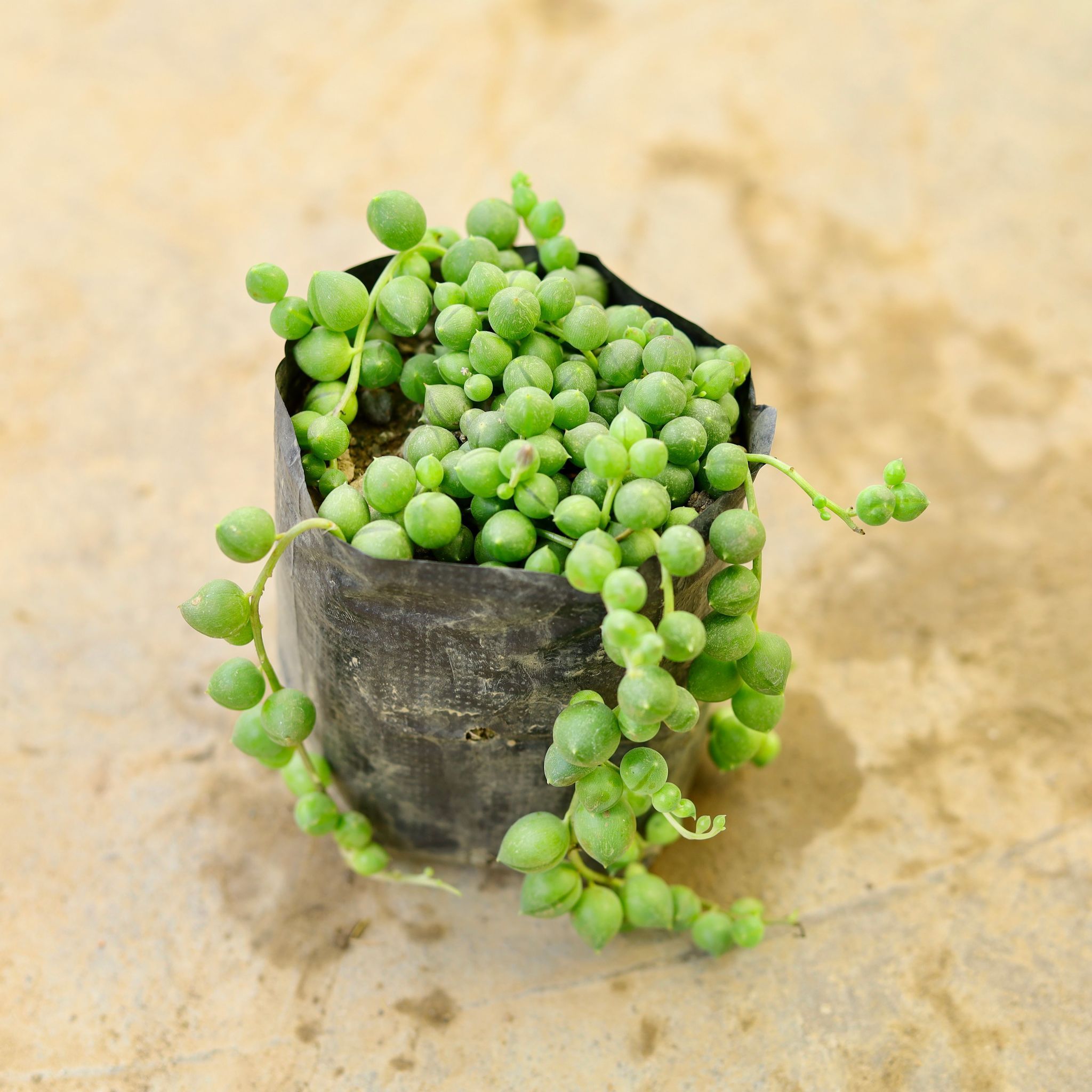
- Jade Plant (Crassula ovata):
Jade is one of the most talked-about plants in the succulent world. It can last for years and can grow as a wise little bonsai and giving the appearance of a little tree. Appearance-wise, it has small, oval-shaped leaves that continue to charm all the plant lovers out there. 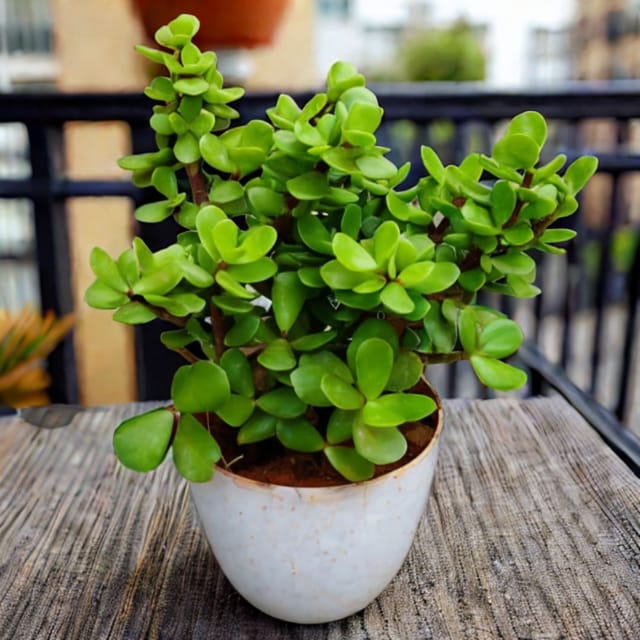
- Echeveria:
These beauties are shaped like flowers, with layered rosettes in shades of green, pink, purple, and blue. Echeverias are compact, eye-catching, and perfect for sunny windowsills or table décor. 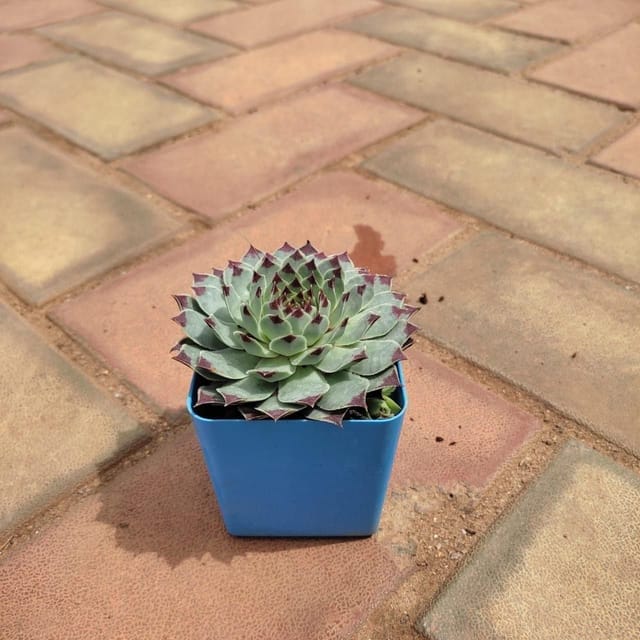
- Aloe Vera:
A household favourite, Aloe Vera is not just pretty but also useful! Its gel-filled leaves are packed with soothing properties for burns, cuts, and skin care. It's a great choice for both indoor and balcony gardens.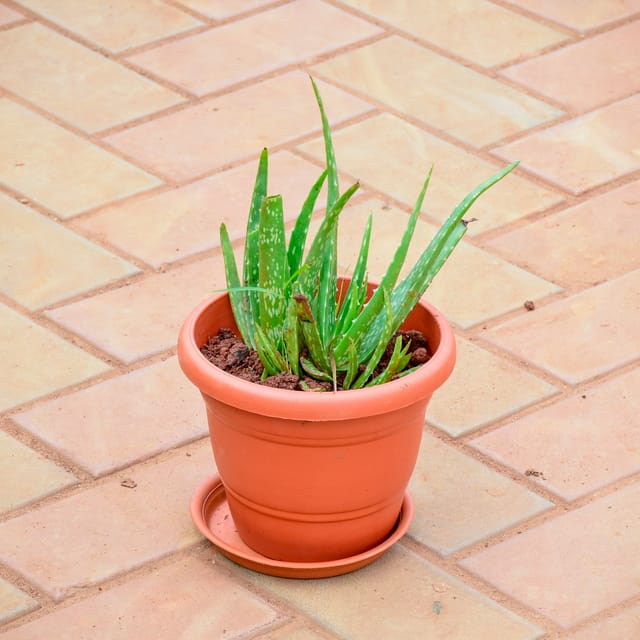
- Haworthia:
If you're short on space, Haworthias are ideal. These mini succulents feature spiky, zebra-striped leaves and do well in low light, making them great for office desks or shaded corners of your home. 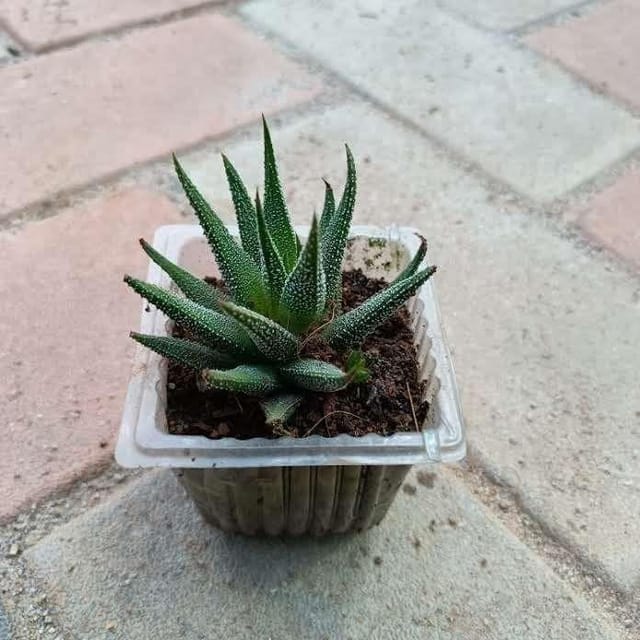
Growing Green is Therapy!
Planting something can be so therapeutic, and a spiritual process that can help you connect with nature. Now that you know how to grow succulents, there’s nothing stopping you from decorating that shelf that always looked dull to you. If you go by my suggestion, then creating a green corner can be another step towards achieving a praiseworthy spot for your succulent friend. Remember, what started with a cute plant can turn into making you an experienced gardener. If you are still on the other side, thinking whether I should go for it or which plant I should pick, then take your time. Team Urvann is here to help you or suggest what to experiment with.
As for succulents, they are tough, forgiving, and always loved. So, beware when we say that once you’ve mastered how to take care of succulent plants, you might just find yourself collecting more than you planned!
Time to head to our website, pick your favourite varieties, and begin planting succulents in containers that suit your space.
Frequently Asked Questions about Growing Succulents at Home
1. How much sunlight do succulent plants need?
Ideally, succulent plants love sunlight. But the hot, scorching sun can have the reverse impact. You can also keep them in the partially shaded area, which is exposed to bright, indirect sunlight for most of the day.
2. Are succulents good as per Vastu?
Yes, succulents are considered good as per Vastu. Other than improving the quality of air around us, they can bring in positivity and bring more balance to the household.
3. How often should I water succulents?
Only when the soil is completely dry. This usually means once every 1–2 weeks, depending on your climate. Remember that the plant should not be overwatered.
4. Can I grow succulents indoors?
Yes! Succulents can grow indoors, under the influence of bright sunlight. Here is the tip: use a small container filled with well-draining soil and a good spot near natural light.


